Psychology of color
Colors have a powerful effect on people, but it is due to the associative series. To explain our own attitude to yellow, it is enough to remember where it comes across our eyes most often. And Mother Nature loves him very much.
Yellow is the sun's rays, dandelion fields, sand dunes, ripe bananas, exotic birds and fish. It exudes warmth, attracts attention, in its brightest shades it literally screams and dares. This is the difficulty of using yellow in interiors: he will never agree to play secondary roles and, being in excess, will quickly get bored, or even completely reduce the design concept to bad taste.
Psychologists have discovered interesting properties of this color:
- invigorates, inspires optimism and sets you up for productive work;
- promotes concentration of attention and memorization of large amounts of information;
- makes any room seem lighter, warmer and more comfortable, visually pushes the walls and raises the ceilings.
In yellow rooms, sociable, active, expressive, self-confident people, whose life is filled with movement and vivid emotions, feel good. But for those inclined to melancholy, calm and thoughtful natures, yellow walls will put pressure on the psyche, irritate and even provoke headaches.
The photo shows a stylish living room, where the yellow color of the walls is repeated in furniture and decor elements and successfully contrasts with black details.
What shades are used in the interior?
The perception of yellow in interior design is surprisingly highly dependent on temperature and hue saturation. Pale, cool tones breathe air and help create discreet, stylish rooms. Warm light yellow shades bring warmth and comfort, bright and dark - dynamics and color.
As well as red and blue, yellow belongs to the basics of the color palette, it cannot be obtained by mixing. At the same time, the addition of red pigment "warms up" the yellow and brings it closer to orange, while the addition of blue makes it colder and greener.
A variety of shades are used in the interior, mainly natural ones:
- solar;
- sand;
- citric;
- canary;
- banana;
- golden;
- cream;
- honey;
- straw;
- corn;
- woody;
- amber;
- mustard;
- saffron;
- curry.
On the picture sofa cushions fuchsia colors and the same bouquet emphasize the rich greenish-yellow hue of the walls and furniture
What is yellow combined with?
It would be most correct to start the list of successful options with white, because against its background, light yellow interior details look very harmonious.Such a tandem allows you to fill the room with light and air, to maximize the space. This is especially true for cramped rooms with small windows and poor geometry. Competently placed light yellow accents allow you to visually move the wall and raise the ceiling.
The opposite option is a combination of yellow and black, as well as with different shades of gray, from ash and mouse to graphite and wet asphalt. There is a general pattern here: the richer the background, the brighter the yellow details should be. For example, the use of canary furniture and decor, coupled with gloss black, is a high-tech classic, and light gray and pale yellow tones have firmly established themselves in Scandinavian interiors.
Yellow and any shades of blue look very lively and optimistic together. Using this combination and a white background, you can decorate a room in a nautical style - this is a trend that has not lost its relevance for years.
Deep blue tones like indigo, night sky or Prussian blue are especially well combined with warm bright yellow details, and light ones (denim blue, cornflower blue, niagara, turquoise) - with cold pale yellows.
Interiors in yellow-green tones are the closest to nature, and it is better that both tones are as natural, fresh, slightly muted (straw and olive, lemon and light green, honey and pistachio). You can very often meet them together in rooms, decorated in eco-style... Living plants and natural materials give a special charm to such rooms: wood, cork, stone, bamboo, rattan.
Combining equally juicy, "straight" shades of yellow and green is not a good idea, it will be very difficult not to go beyond good taste.
Restrained gentle tones are probably most often used in classic interiorsfurnished with brown or burgundy furniture. The lighter it is, the more delicate the shades of yellow should be, and in combination with bog oak or natural leather, a deep saffron color will look advantageous.
Pictured is a classic-style living room decorated in muted dark yellow tones and furnished with brown leather furniture
One of the most fashionable and non-trivial color alliances is the combination of yellow with purple or lilac. Such techniques are characteristic of the already mentioned pop art and fusion... And if you add delicate light yellow notes to the lilac-pink scale, you get a fertile basis for the development of Provencal interiors.
The most difficult thing is to successfully combine the yellow color of the walls in the interior with other bright, expressive and self-sufficient colors, such as red, orange or pink. They will most likely “fight” with each other and destroy the entire design concept along the way. But the devil is in the details - well-chosen shades and a neutral background will help to realize even the most daring idea.
How does it look in decoration?
If we consider yellow as the basis of the design concept, that is, paint all the walls with it, then let it be a calm, discreet shade. Even a convinced optimist or an exalted nature will not be happy with the whole days spent in the canary or banana reality.
When the soul asks for bright colors, besides, there is a desire zone space or to correct the geometry of the room, it is better to make only one of the walls or a fragment of it yellow, and then play with this solution in furniture, curtains and decor items.
It is not necessary to use a solid color - vertical or horizontal stripes will do. In the first case, you will solve the problem of a low ceiling, and in the second - too narrow a room, more like a corridor.
Speaking of the ceiling: it is quite possible to paint it in some light shade of yellow or install appropriate stretch canvases to enhance the feeling of lightness and warmth, but you need to be careful - this technique is appropriate only in spacious rooms with ceilings of at least 2.7 m ...
A yellow floor finish is an easy and successful idea for almost any living space, including limited spaces, but the smaller the floor space, the lighter and more natural the tone should be.
In the photo, a bright yellow stretch ceiling in the living room is successfully combined with the same wall decor
Yellow as an accent
Bright shades this color is easiest to fit into the interior precisely as accents. These can be wall decorations: paintings, panels, installations. Yellow shades and lampshades look interesting, with the help of which you can turn a chandelier, sconce, night light or floor lamp into a highlight of the interior.
You can go further and purchase yellow furniture or paint several objects in this rich color, for example, kitchen chairs, a chest of drawers in the hallway or a coffee table in the living room.
In the photo there is a living room with yellow armchairs and sofa cushions, in which the shades present in the picture are repeated
Yellow curtains Is another example of a large, expressive accent. But they may not be so entirely, but, for example, consisting of several contrasting canvases or having bright details.
Continuing the theme of textiles, let's dwell on carpets - they can be plain or with an ornament, which repeats a shade of yellow that has already been used somewhere, for example, in doors or furniture. The same principle applies to cushions and chair covers.
And, perhaps, the most universal accents are small and mobile, with the help of which it is easy to "scatter" yellowness around the room in an artistic disorder. These can be floor and table vases, figurines, plates, bowls, jugs and anything else.
What styles is it suitable for?
The richness of shades of yellow opens the way for him to almost any design direction:
- in the classics, Baroque, Gothic and Renaissance, warm, rich and rich shades, similar to gold, rule the ball;
- in village styles such as Provence, country and shabby chic, pale, as if worn and faded tones will be appropriate;
- in modern trends such as minimalism, loft, hi-tech and avant-garde reveal their full potential bright "artificial" shades of yellow;
- in natural styles rich in natural textures - in Japanese, Moroccan, Egyptian, boho - are used in the same natural tones (straw, sand, curry).
In general, it is rather difficult to imagine a direction for which absolutely all shades of yellow would be alien. It is an amazingly versatile color and can be incorporated into any design concept if desired.
Examples in the interior of rooms
Living room gives this color, perhaps, the widest scope for expression. Pale yellows are ideal for walls, richer ones for furnishings and decor. Since this room is the “face” of the house, boldly choose all kinds of yellow accessories for it: rugs, flowerpots, paintings, pillows, floor lamps.
Bedroom in yellow tones, especially bright ones - a dubious decision. It is the color of intelligence, physical activity and ebullient energy, and in the bedroom, both the brain and the body should relax. Although, many people like pleasant pastel shades of yellow and do not at all interfere with a restful sleep.
Children the room is traditionally decorated in bright, cheerful colors, especially if we are talking not about a baby, but about a tomboy-preschooler. So some juicy yellow elements will be quite appropriate, but you should not completely paint the walls in this color - it will excite the child and prevent him from tuning in to rest in the evenings.
Kitchen - here is a truly ideal haven for any shades of yellow, not only for acidic ones, chosen by fans of hi-tech and minimalism. Many products have a natural yellowish color (cereals, beans, oil, fruits and vegetables), and the interior in "edible" tones has a positive effect on appetite and inspires delicious cooking.
Bathroom Is another suitable springboard for the color yellow. Entering such a room early in the morning, you will instantly wake up, be charged with vigor and positiveness and tune in to a fruitful working day. However, it is better to dilute the yellowness with a white or light gray background.
Surely there are people who, under no circumstances, would not dare to use yellow in the design of their home. At the same time, there are loyal fans of this sunny life-affirming color, ready to surround themselves with it to the maximum. If you are one of them - go for it!

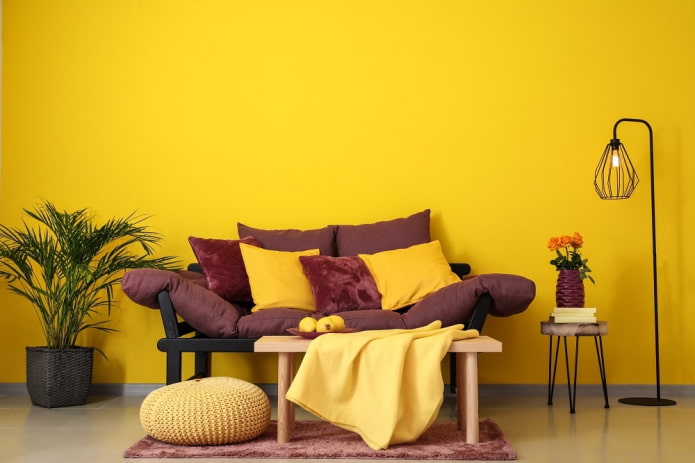
 10 practical tips for arranging a small kitchen in the country
10 practical tips for arranging a small kitchen in the country
 12 simple ideas for a small garden that will make it visually spacious
12 simple ideas for a small garden that will make it visually spacious
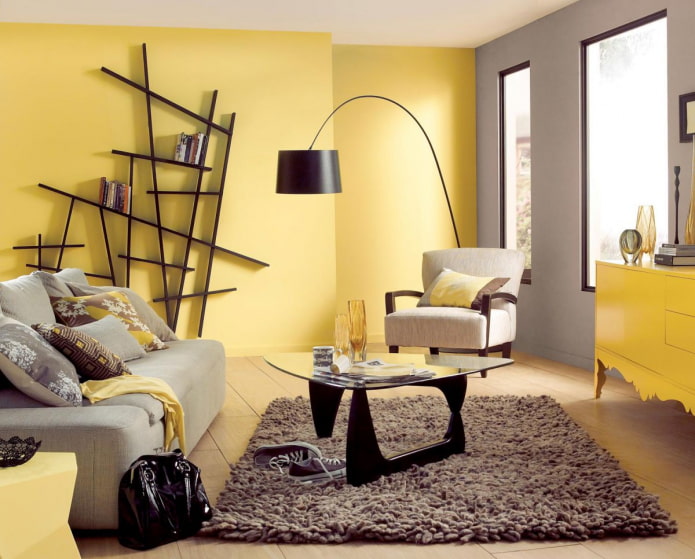
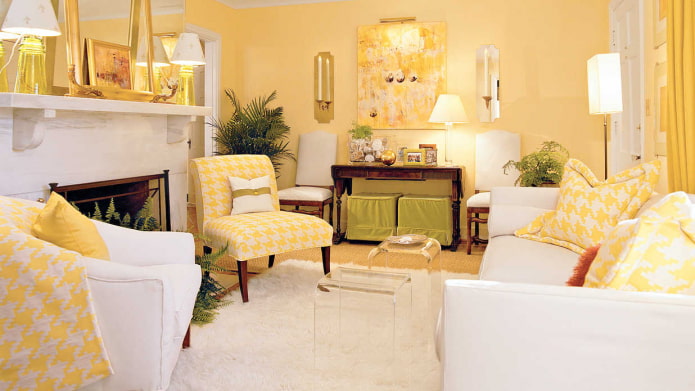
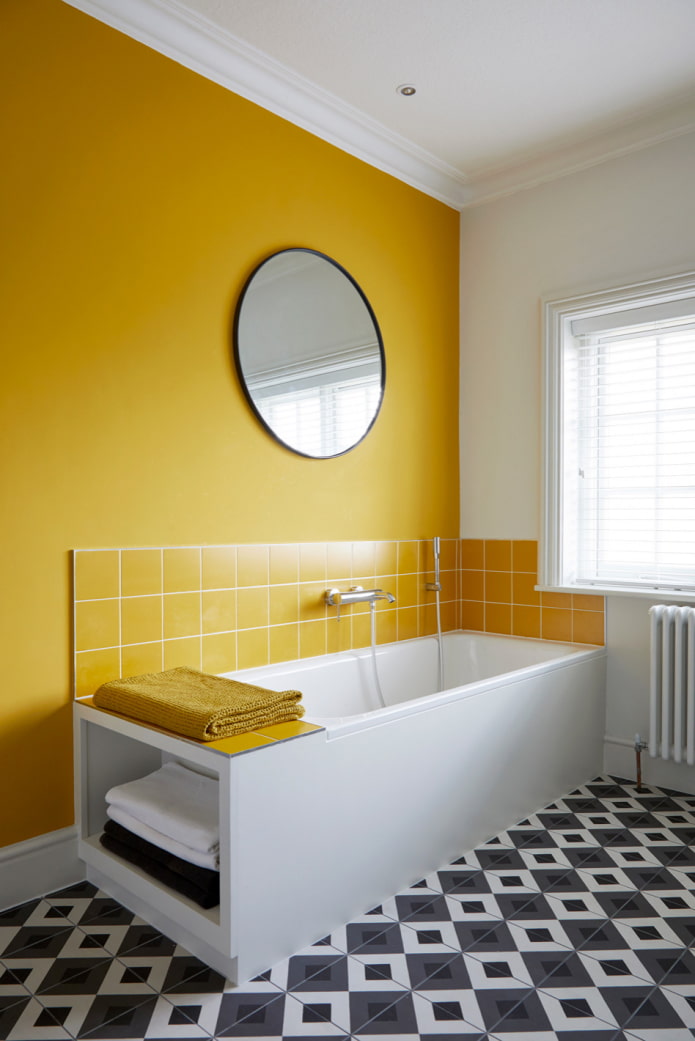
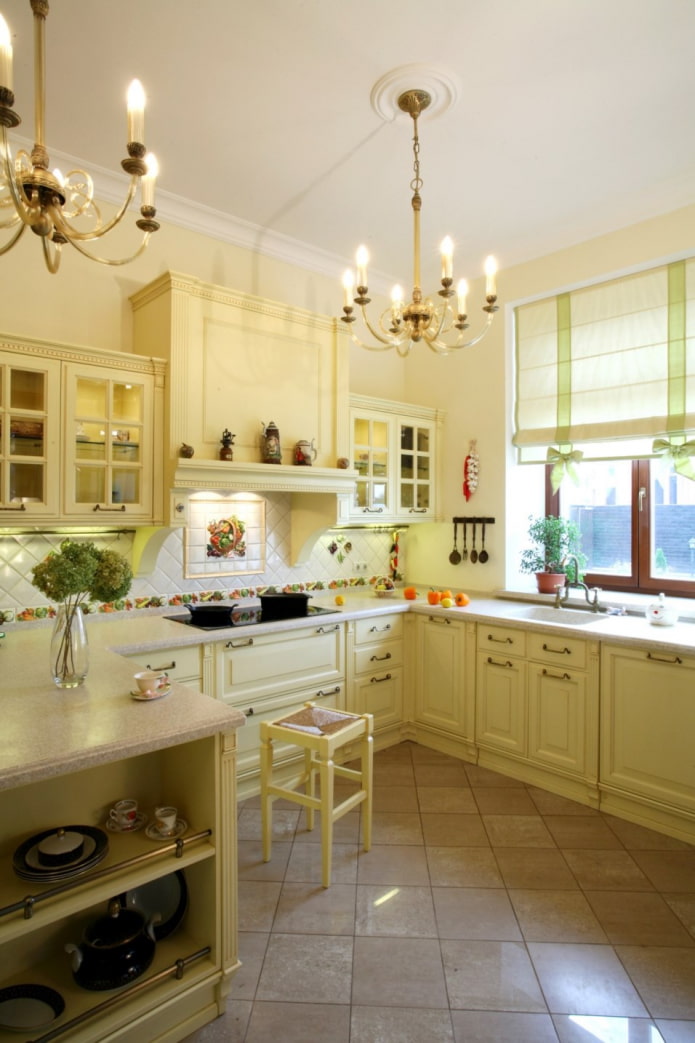
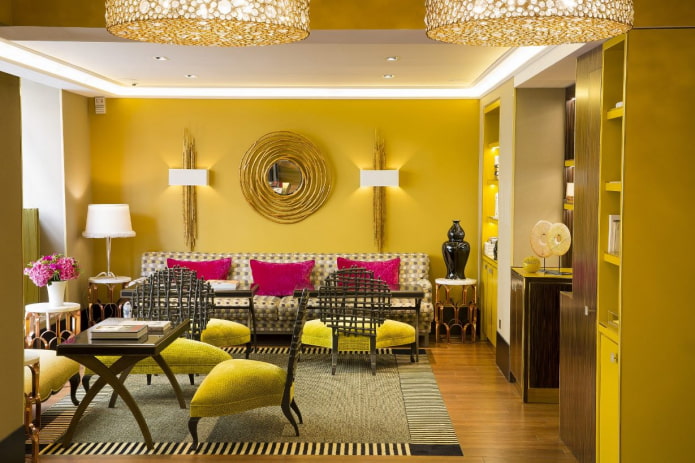
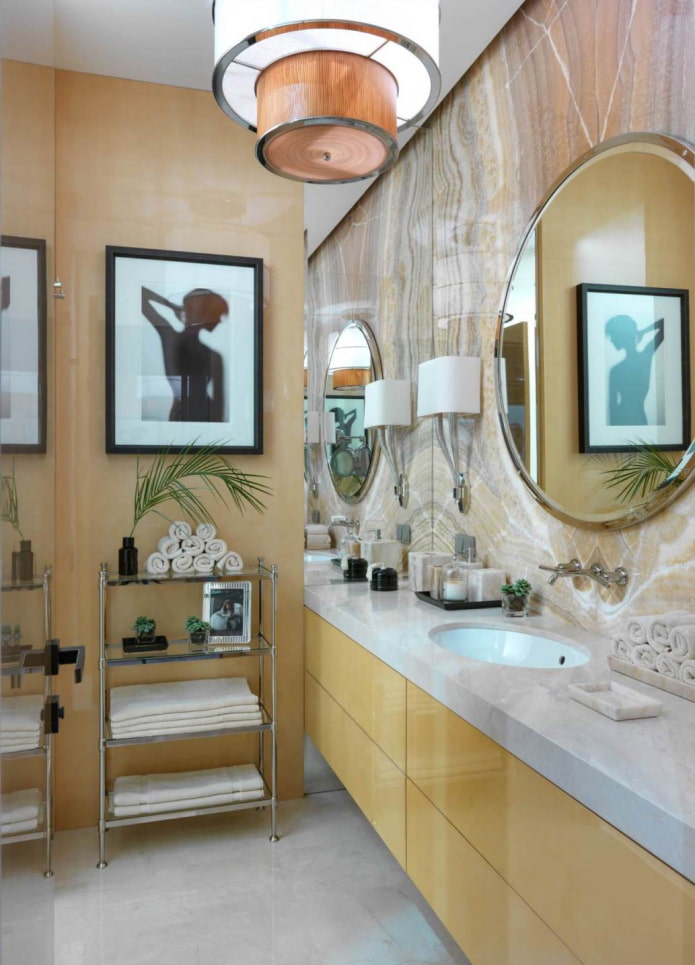

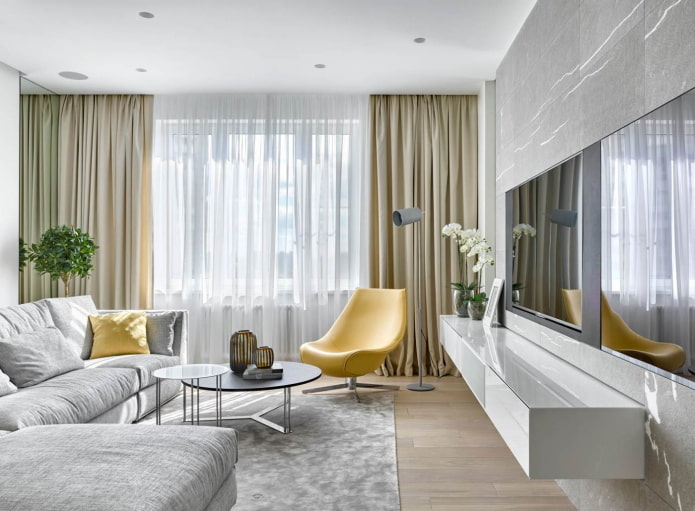
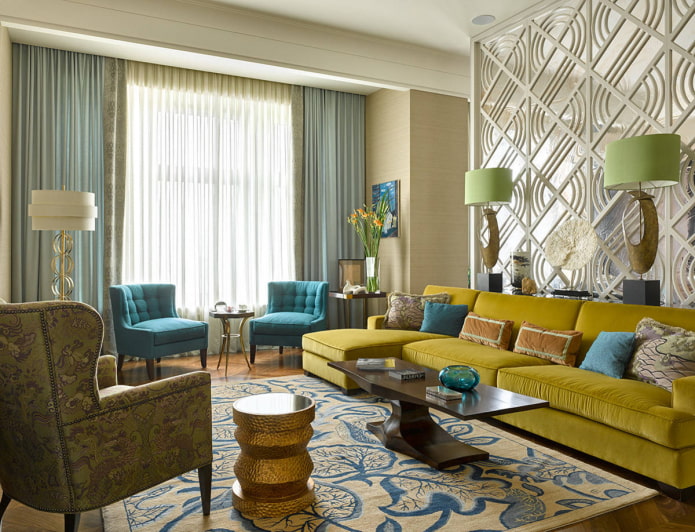
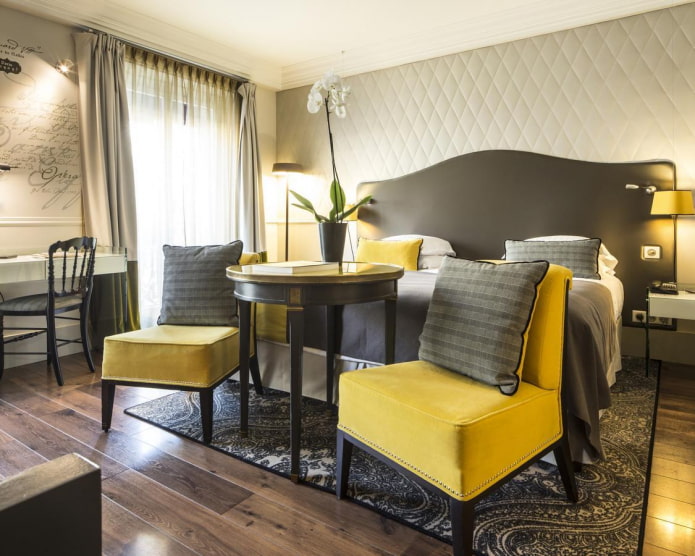
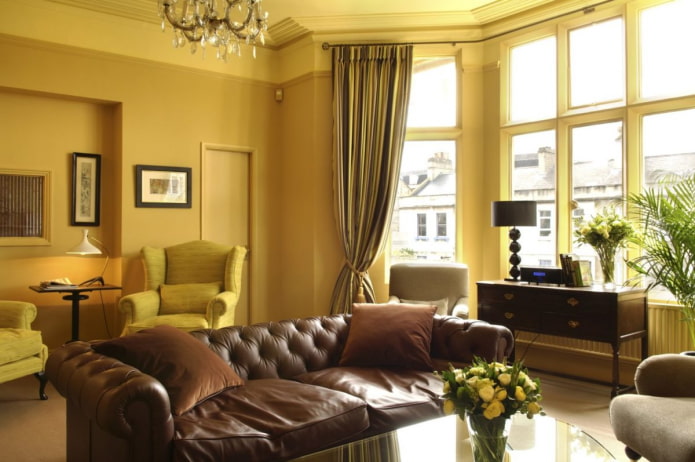

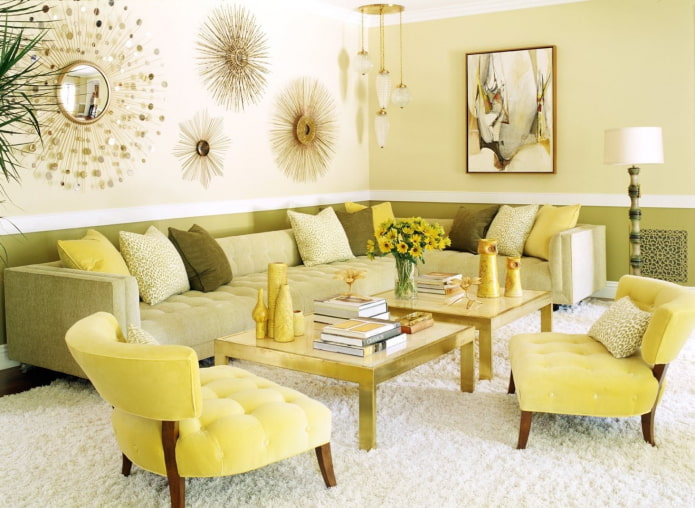
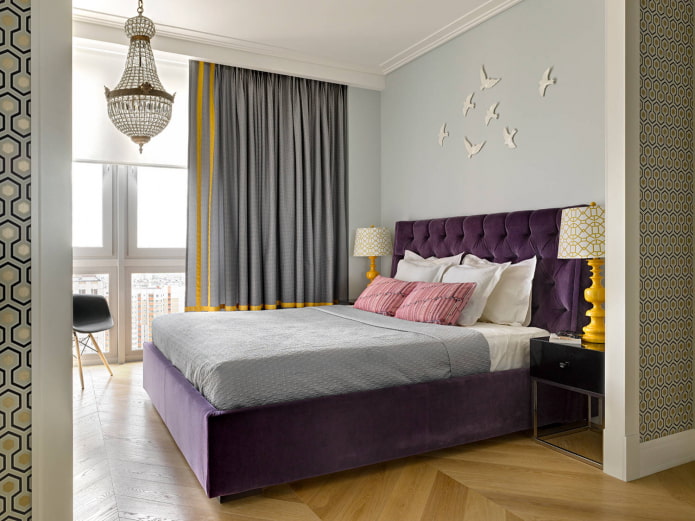
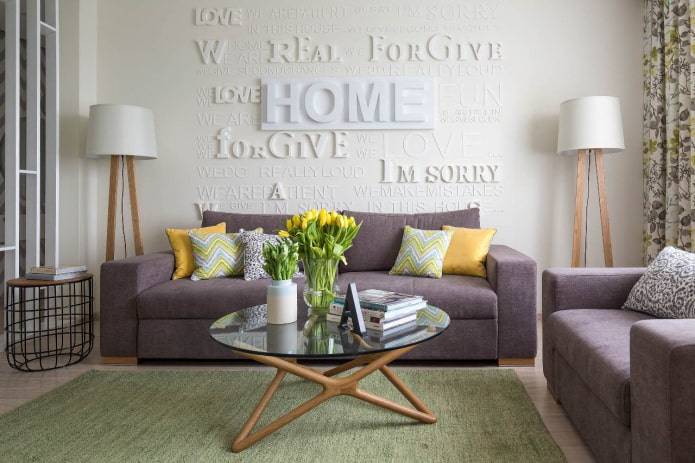

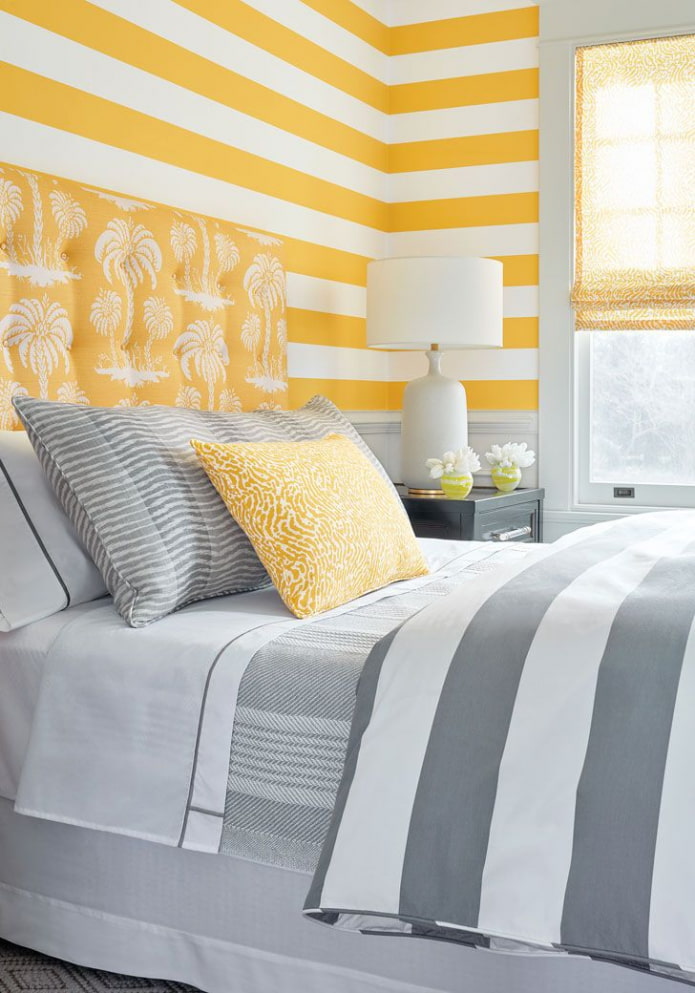
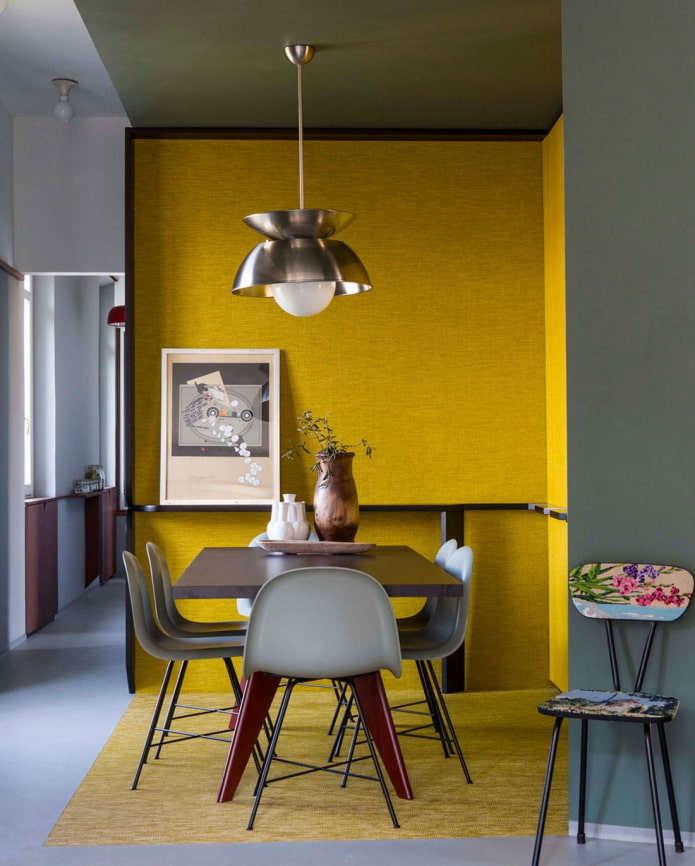
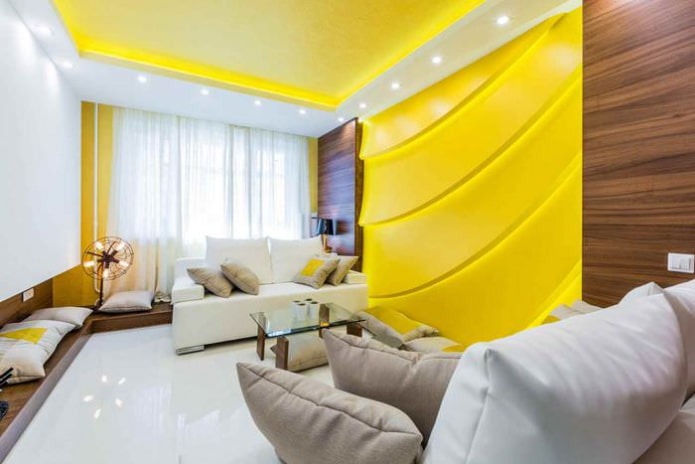
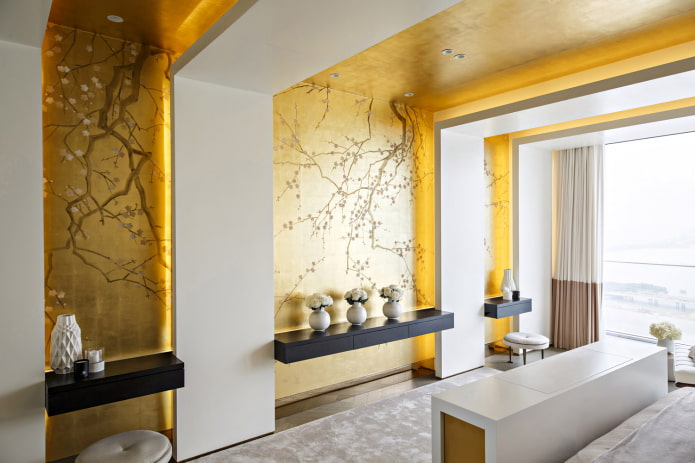
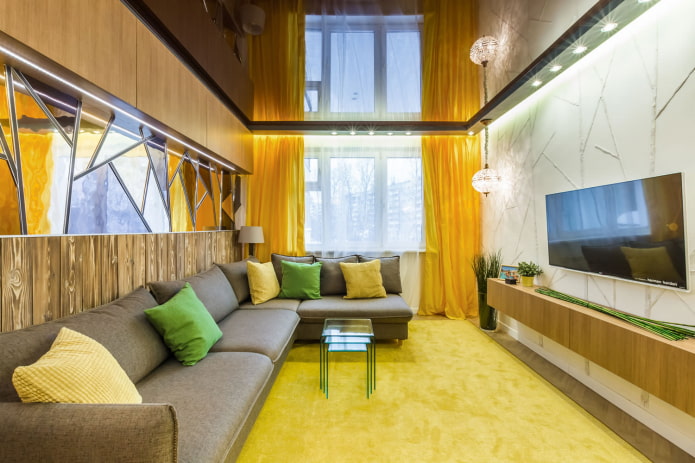
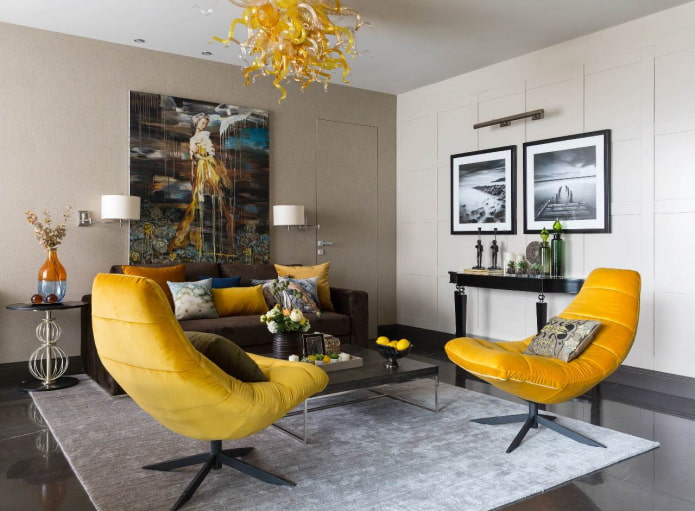

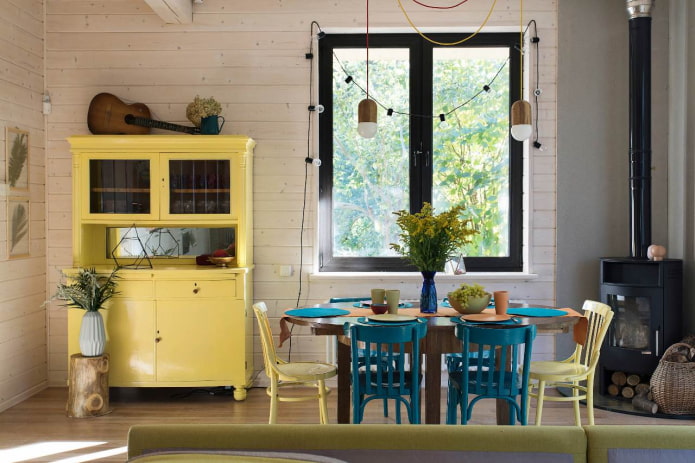

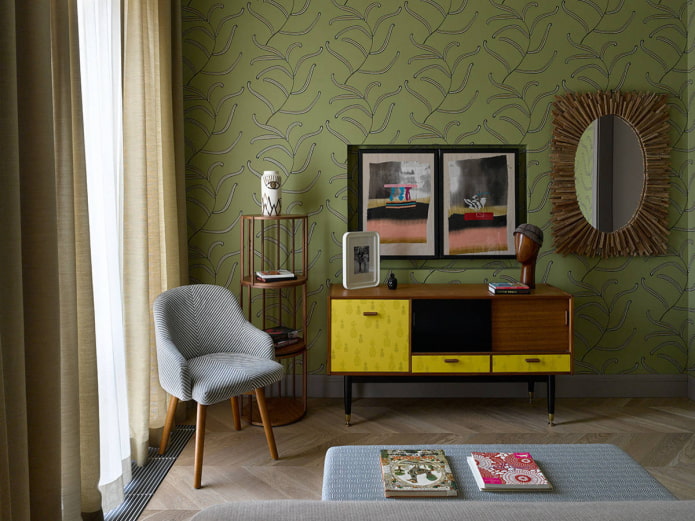
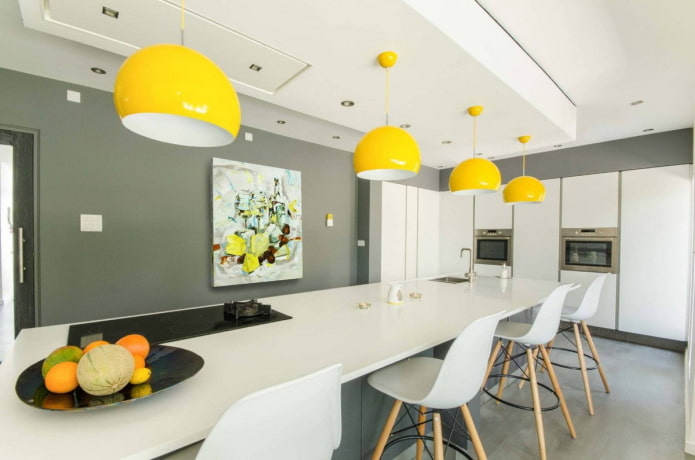

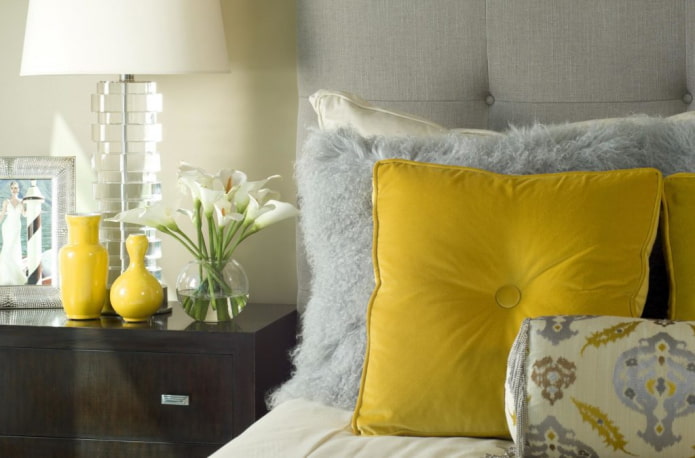
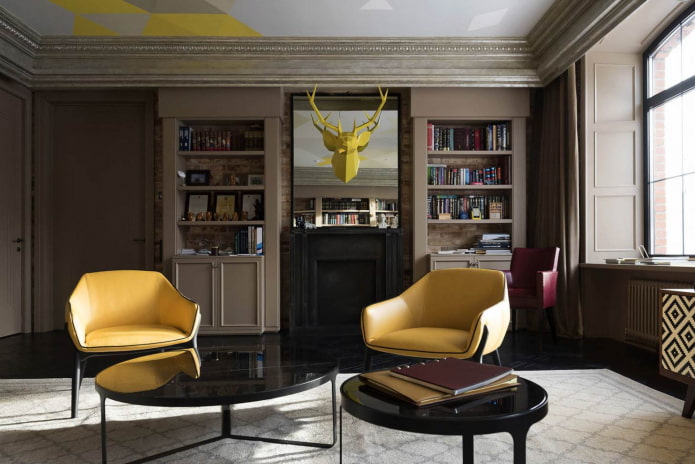
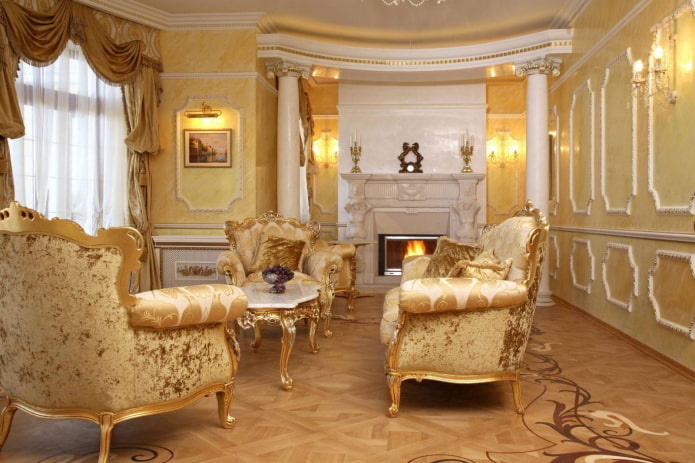
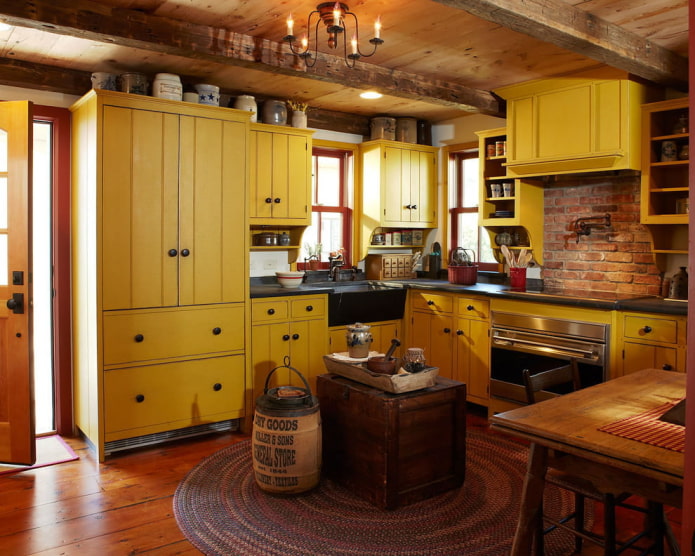
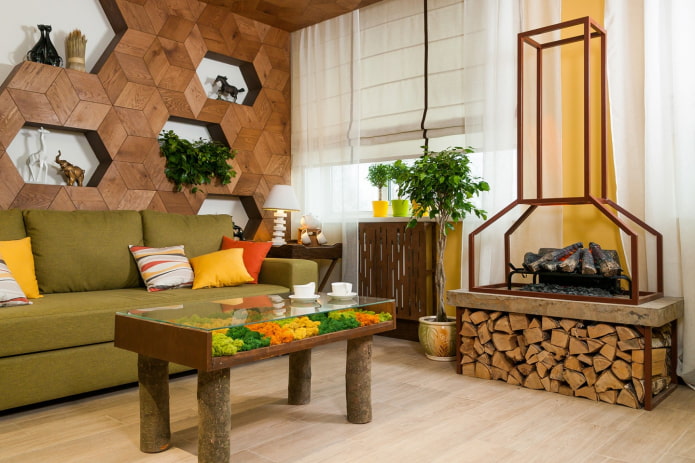
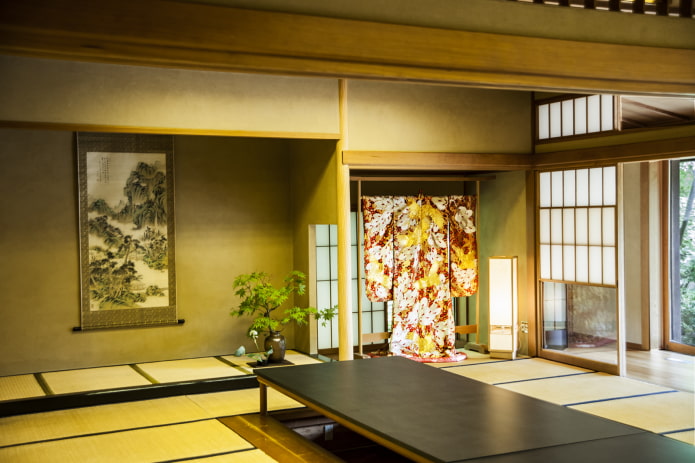
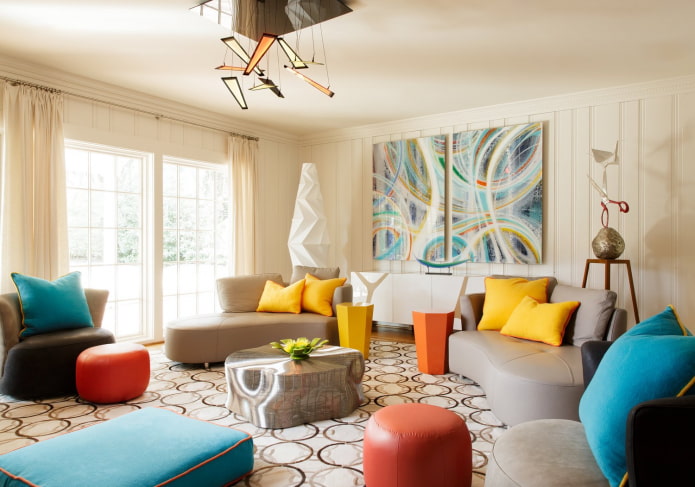
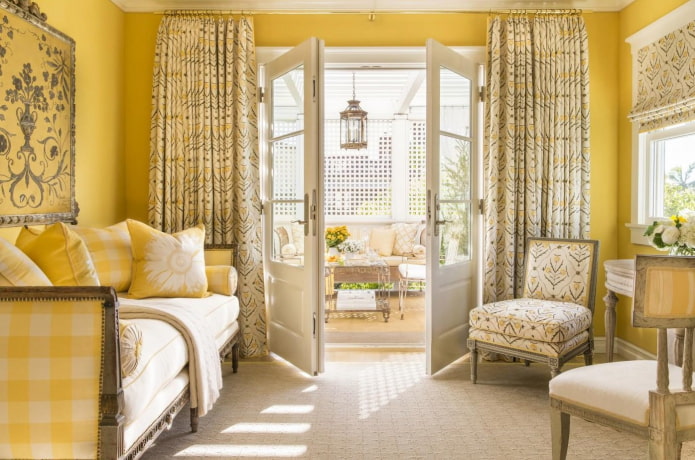

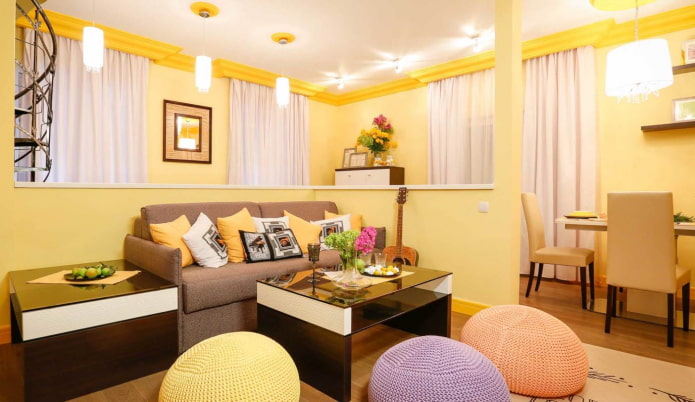


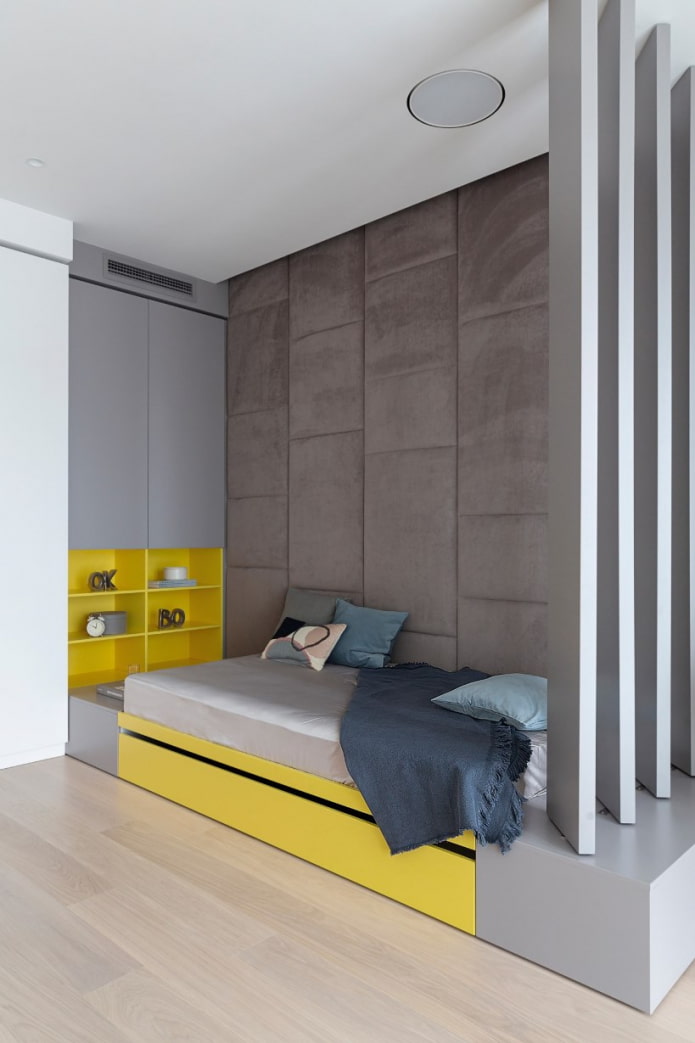
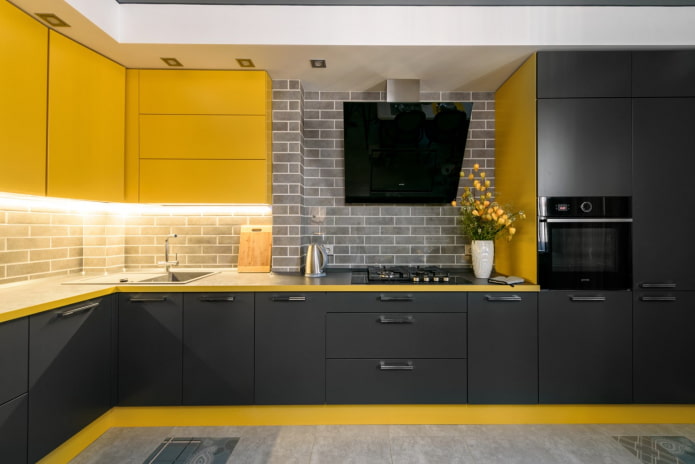
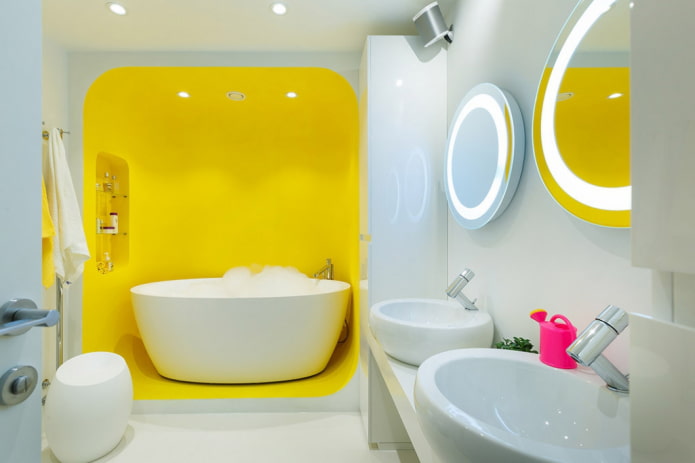
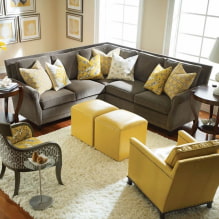
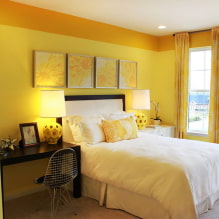
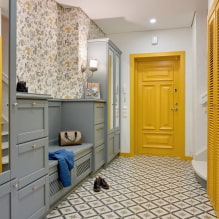
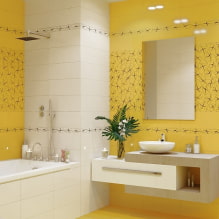

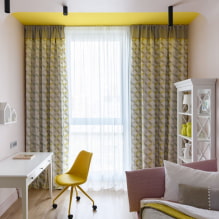
 13 bad habits a good housewife shouldn't have
13 bad habits a good housewife shouldn't have 24/7 home cleanliness - 4 secrets for the perfect housewife
24/7 home cleanliness - 4 secrets for the perfect housewife 6 hotels in Sochi that will give odds to the promoted foreign hotels
6 hotels in Sochi that will give odds to the promoted foreign hotels Top 10 interior design trends 2020
Top 10 interior design trends 2020 Rating of cheap TVs with Smart-TV
Rating of cheap TVs with Smart-TV New Year's LED garlands on AliExpress - we disassemble while it's hot, so that it's bright at home
New Year's LED garlands on AliExpress - we disassemble while it's hot, so that it's bright at home